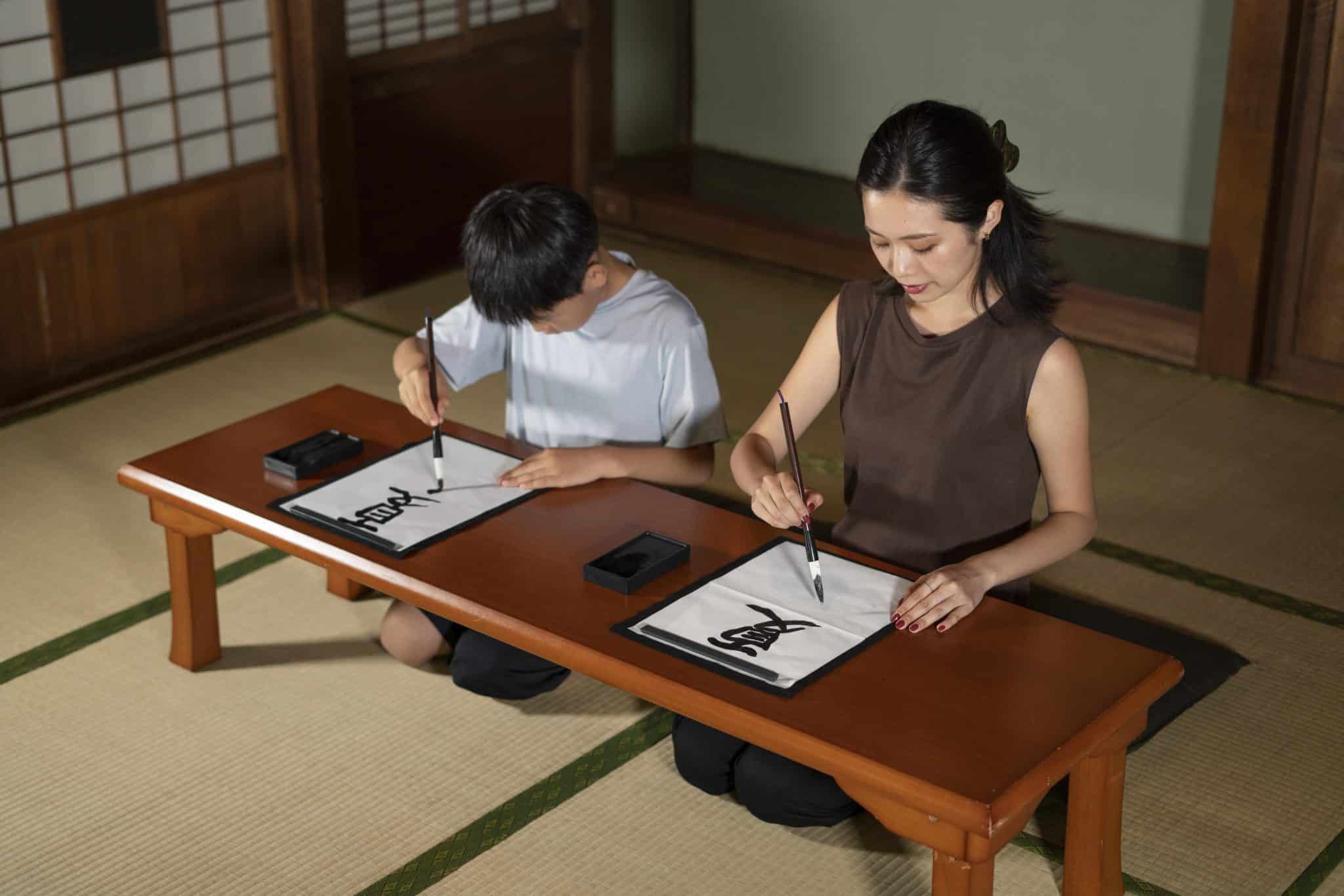7 Fun Facts of the Japanese Language

The Japanese language is renowned for its unique structure, complex writing system, and rich cultural heritage. As one of the world’s major languages, spoken by 125 millions of people, it continues to captivate learners and researchers alike. In this article, we delve into the intriguing aspects of the Japanese language, shedding light on its linguistic features, cultural significance, and historical background. Let’s embark on a journey to uncover seven fun facts of the Japanese language.
#1. A Unique Writing System
Japanese employs three different scripts: hiragana, katakana, and kanji. Hiragana and katakana are syllabic scripts used for native Japanese words and borrowed foreign words, respectively; while kanji characters are derived from Chinese characters and represent meaning. This intricate combination of scripts creates a visually diverse and complex writing system.
For example:
メアリーさんは 日本語を 勉強します。
Mearii-san wa nihongo o benkyou shimasu.
Mary studies Japanese.
In the example sentence above, Mearii is written in katakana as it is borrowed from English word “Mary”. 日本語 and 勉強 are written in kanji, while the rest are written in hiragana. Interestingly, the verb “to study” is written in both kanji and hiragana 勉強します. Note that beginner Japanese learners are not expected to learn kanji and any kanji words will be written in hiragana.
#2. Politeness and Honorifics
The Japanese language places a strong emphasis on politeness, with various honorifics used to denote respect and social hierarchy. For instance, different verb forms are used to show respect to superiors or elders, adding a layer of nuance to everyday conversations. Mastering the appropriate use of honorific language is essential for effective communication in Japanese society.
Read Also: Japanese Honorific Speech “Keigo”
#3. Pitch Accent
Unlike English, which uses stress patterns, Japanese employs pitch accent to distinguish words. Pitch accent refers to the variation in pitch when pronouncing syllables in a word. The location of high or low pitches can alter the meaning of a word entirely. For example, the words “hashi” (bridge) and “hashi” (chopsticks) have different pitch accent patterns despite sharing the same romanized spelling.
#4. Onomatopoeia Galore
Japanese has an extensive array of onomatopoeic words, known as “giongo” and “gitaigo,” which vividly depict sounds, movements, and sensations. These words add depth and color to the language, allowing speakers to express emotions, imitate natural sounds, and describe various actions with remarkable precision. From the gentle “pika pika” (sparkling) to the energetic “doki doki” (excitement), onomatopoeia permeates everyday conversations.
#5. Sentence Structure and Verb Conjugation
The word order in Japanese follows the pattern of subject-object-verb (SOV). For example, “I apple eat” would be the structure used to express “I eat an apple.”
私はりんごを食べます。
Watashi wa ringo o tabemasu.
lit. I – apple – eat.
Additionally, Japanese verbs undergo extensive conjugation, with forms changing based on tense, politeness level, and speaker’s intention. This complexity contributes to the subtlety and precision of expressing ideas in Japanese.
#6. Loanwords and Language Borrowings
Over the centuries, Japanese has borrowed numerous words from other languages, particularly from English and European languages. These loanwords, known as “gairaigo,” have been seamlessly integrated into the language, providing a convenient means to express modern concepts and technological advancements. Examples include “pasokon” (personal computer) and “konpyuuta” (computer). They are written in katakana.
#7. Kanji: A Visual Representation of Meaning
Kanji, the Chinese characters used in Japanese writing, not only represent sound but also convey meaning. These characters are composed of various components called “radicals,” which provide clues about their meaning. For instance, the kanji character for “tree” (木) visually resembles a tree, while the character for “water” (水) depicts three drops of water. Understanding kanji allows readers to interpret the semantic associations embedded within the written language.
Read Also: A Guide To Learning Japanese Kanji
The Japanese language is a fascinating linguistic tapestry interwoven with cultural depth and historical significance. Its unique writing system, honorifics, pitch accent, onomatopoeia, sentence structure, loanwords, and kanji characters contribute to the rich tapestry that is the Japanese language. Exploring these intriguing facets of Japanese enhances our understanding of its beauty and complexity while enabling us to engage more deeply with the vibrant culture of Japan. Sign up for a Japanese class today!



